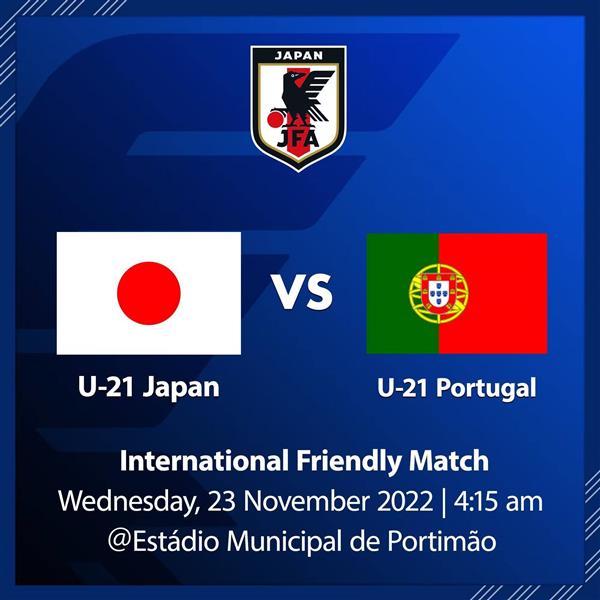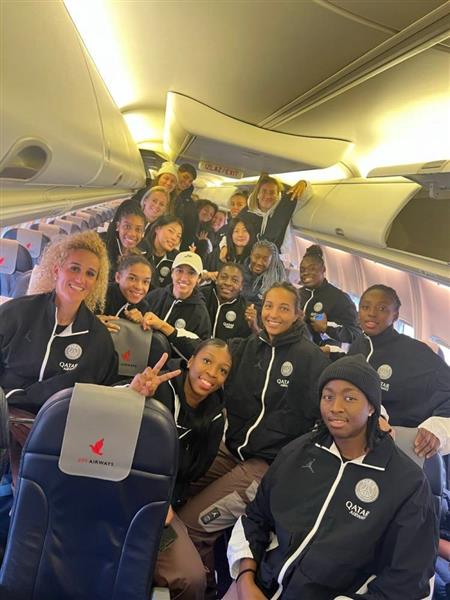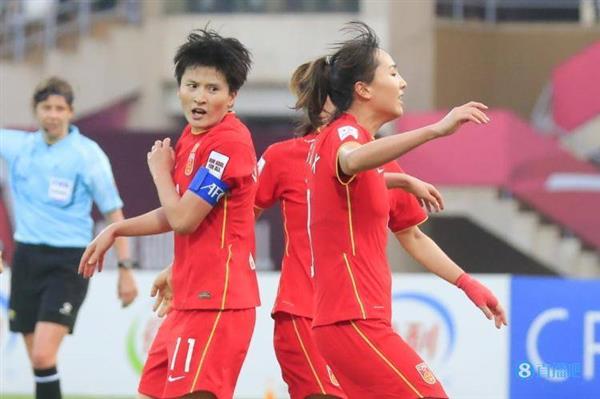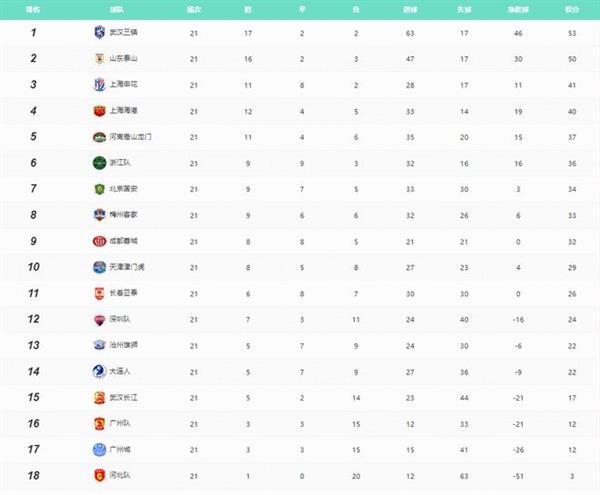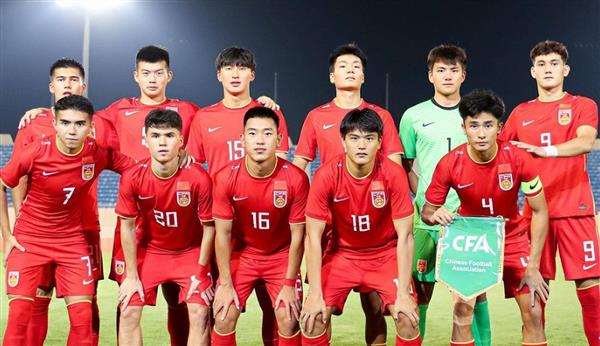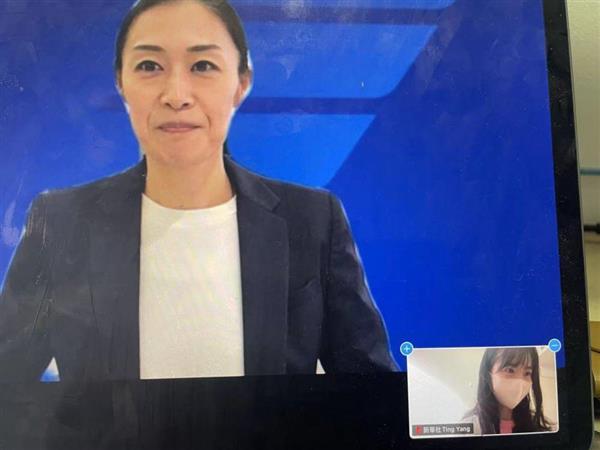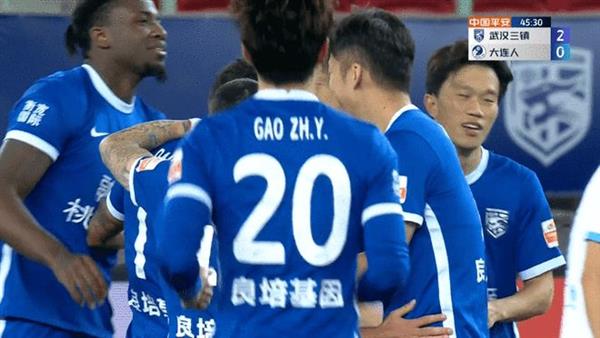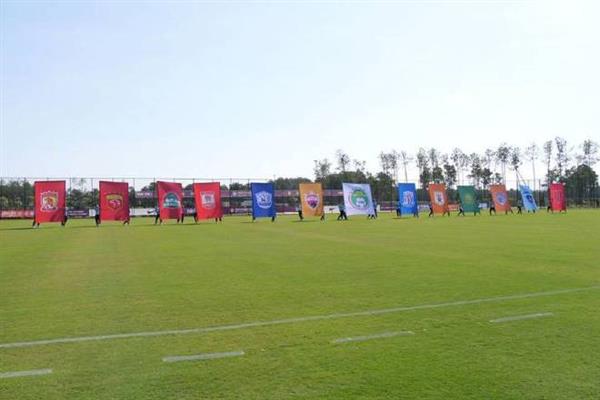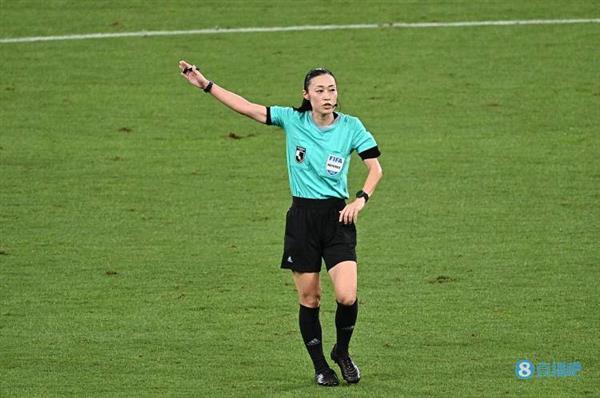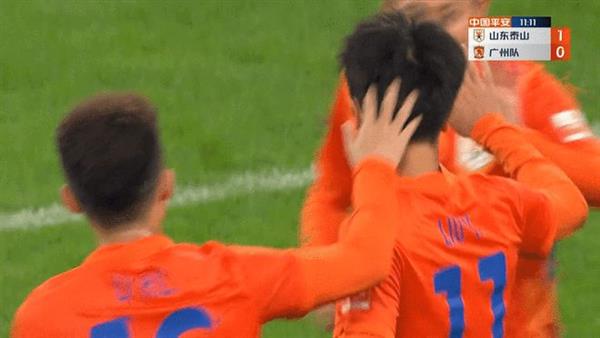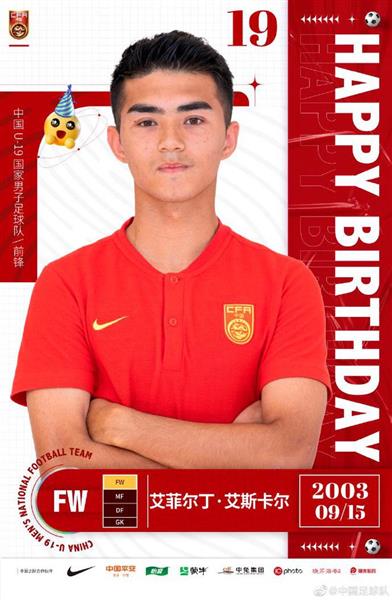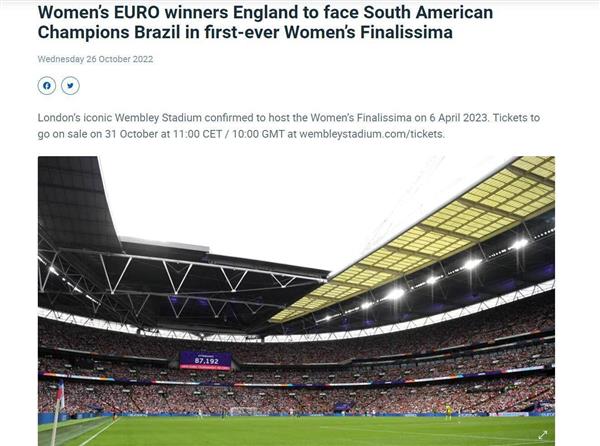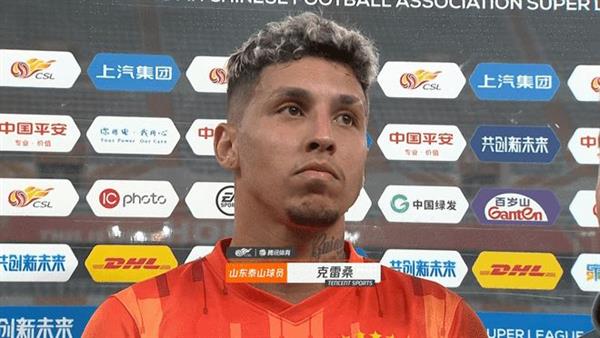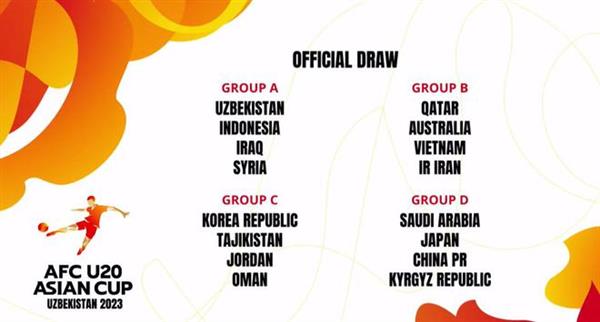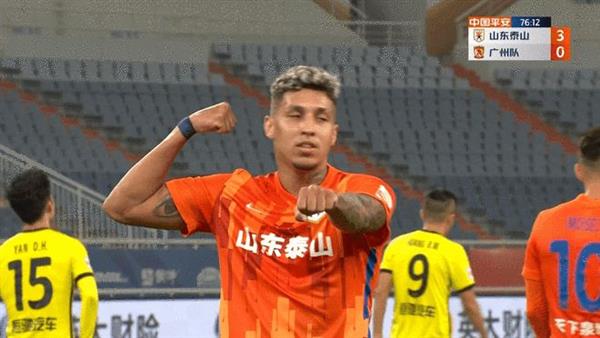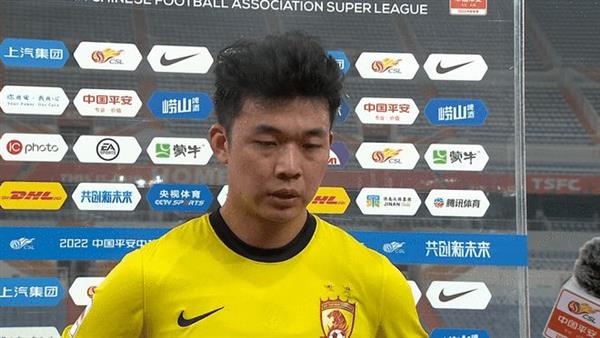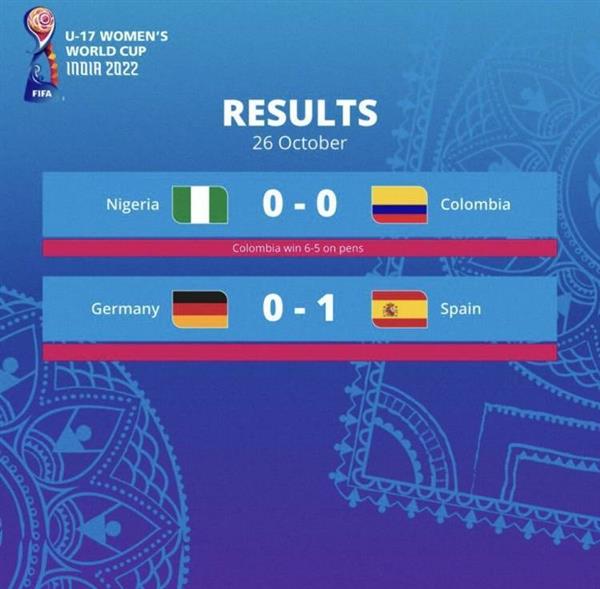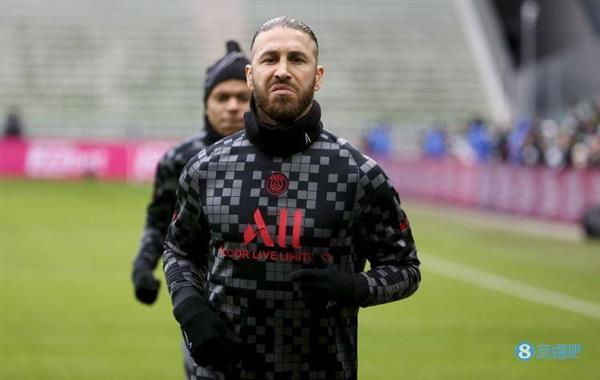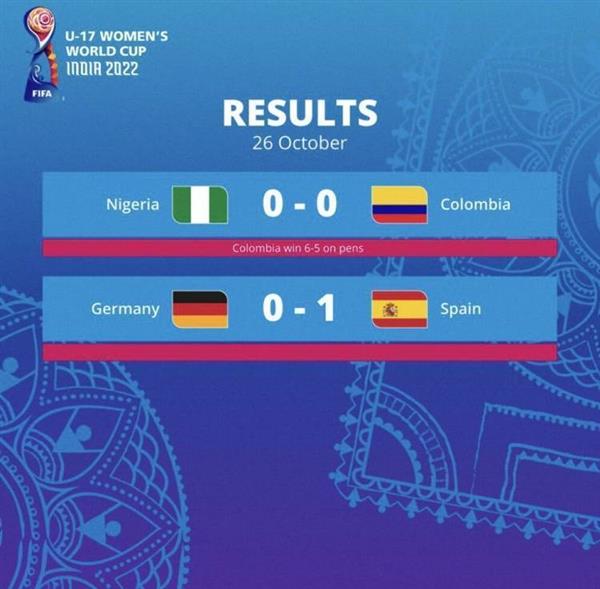
On November 30, a fierce battle, goals like rain, players like clouds, more than 1,400 matches, more than 5,300 goals, 9,589 athletes, this set of data depicts the grandeur of the first China Youth Football League. As the league came to an end, Soccer Daily exclusively interviewed Gao Hongbo, vice chairman of the CFA and deputy director of the China Youth League Office, to gain a deeper understanding of the story behind the inaugural CYL.
-- Among the top four teams in each group, there is a diverse mix of professional clubs' ladder teams, school soccer teams, gymnasium teams, social youth training clubs and other forces. How do you evaluate the phenomenon of teams from such different backgrounds playing together?
The fact that campus soccer is among the final rounds of the CYC, and that social youth training and physical school teams are competing on the same field, is the best interpretation of the purpose of the tournament. The first CYC pushed for full openness, aiming to break down the barriers and realize the integration of sports education, covering the soccer professional system, social youth training institutions, sports school teams as well as campus soccer teams, to participate in the CYC tournament. Their coming together in the top four demonstrates the vibrancy of grassroots youth soccer, which we may not have noticed in the past, and now, it is through the platform of the CYTS that we are able to pay attention to it. It can be said that this fully embodies the four most comprehensive items in the planning of the tournament - the broadest, the most comprehensive, the highest level and the most influential.
--The 2005, 2007 and 2009 age groups are usually considered to be stronger. However, the national youth team had missed the final of the Asian Cup, but this year, the 2003 and 2006 age groups both made it to the final. Does this mean that Chinese youth soccer has entered a stage of rapid development?
In the past ten or twelve years, the performance of Chinese soccer youth training has not been satisfactory. This time, it makes sense that the 2003 and 2006 age group national youth teams advanced to the final round. After all, China's professional league has been going on for 30 years, and the youth training system has been evolving. Despite the problems, it is still evolving overall. Therefore, national teams at all levels making it to the final round of Asian tournaments should not be our only criterion. We should focus on their performance in the final round of the Asian tournament and whether they can eventually make it to the final round of the World Cup.
Personally, I think the revitalization of the national team needs a perfect professional system, but the revitalization of Chinese soccer needs a strong youth training system. Only when the youth training system is based on the international stage, the national team is more likely to embark on the World Cup journey.
-- What new breakthroughs and initiatives will the Chinese youth league have in the future?
In the U19 category, we are eagerly awaiting college teams to join the competition. Although there are nearly 60 professional clubs participating in this year's CYC, only 26 teams have registered in the U19 category, which is obviously insufficient. Personally, I believe that there should be two lanes between professional and campus so that players have a choice when they reach a certain age. If the professional pathway is difficult, players still have the opportunity to learn; campus players can continue on the professional path. Just like me, Wang Anzhi, the head coach of the U women's soccer team, joined the professional league after graduating from university. Therefore, I hope that both pathways are completely open, so that parents can rest assured that their children can balance their studies with soccer.
--There are many registered teams in the U17 group this year, with Henan Experimental Middle School A among the top 24. Chongqing Liangjiang Middle School, Guangdong Experimental Middle School, Shenzhen Football Association Second Foreign Language, Fujian Men's Football Team, Guangxi Institute of Foreign Languages Affiliated Experimental School, Shandong Binzhou Experimental Middle School, Qingdao Chengyang No. 1 Middle School, and the Affiliated Middle School of the Renmin University of China made it to the Top 16. Does this mean that the U19 university team has set a new benchmark?
In the U17 category, many campus soccer teams ranked among the top 24, and Tsinghua High School even broke into the top four, showing the strong strength of campus soccer and attracting more campus soccer teams to participate in the CYC. However, in terms of the number of teams, 200 teams are still insufficient. I still hope that more teams will join, and the same goes for the U19-year-old high school teams. With a larger team base and a wider selection of good players, more real soccer talents can emerge.
-International exchanges have become a trend in the development of youth soccer in China, what are CFA's plans in this regard?
Here, we take two steps. The first step is domestic high-level tournaments, such as the Panda Cup and Weifang Cup, which CFA actively advocates and participates in, organizing national teams or excellent training camp teams to participate in the tournaments.
In the second step, President Chen Xuyuan proposed that young teams will be formed next year and sent abroad for exercise and exchange activities in order to promote the further development of youth soccer in China.

